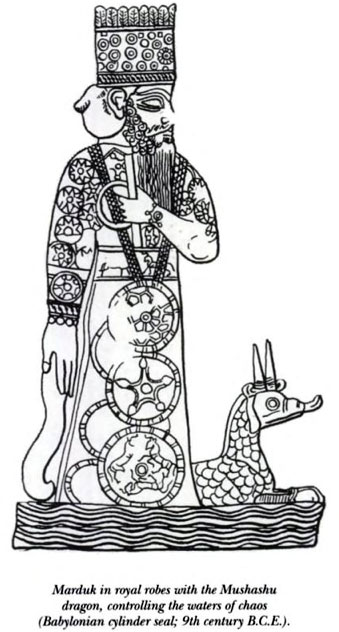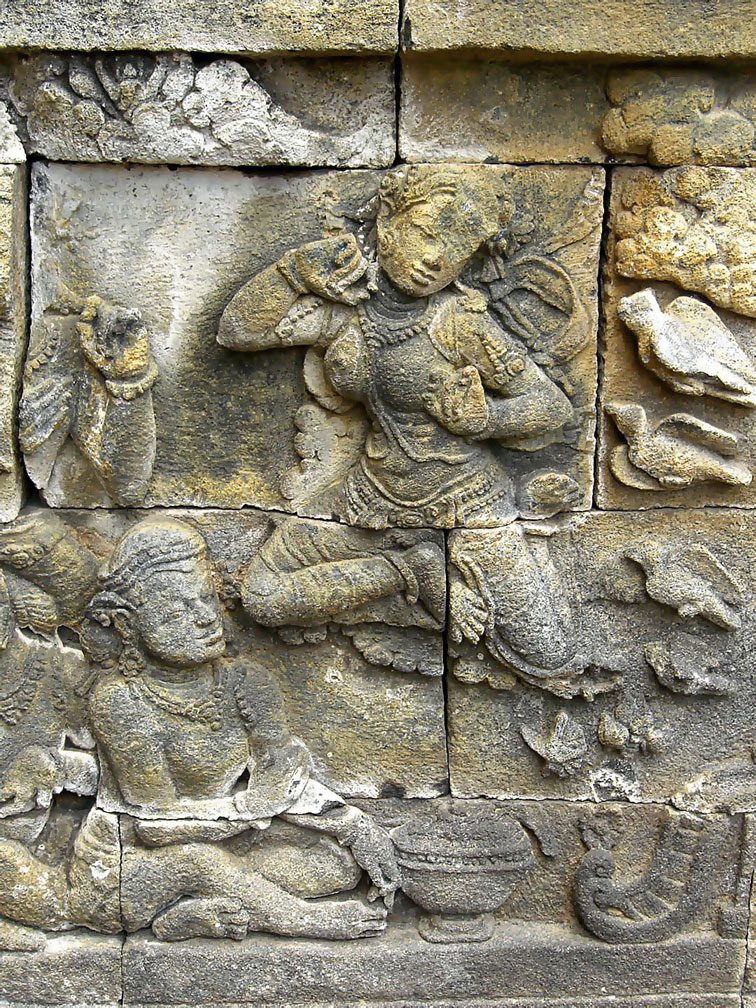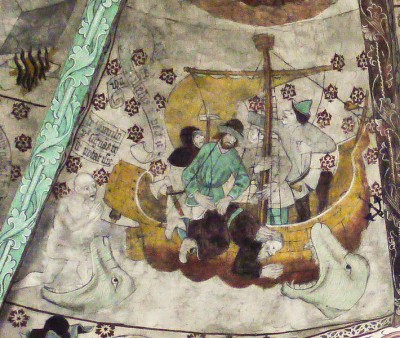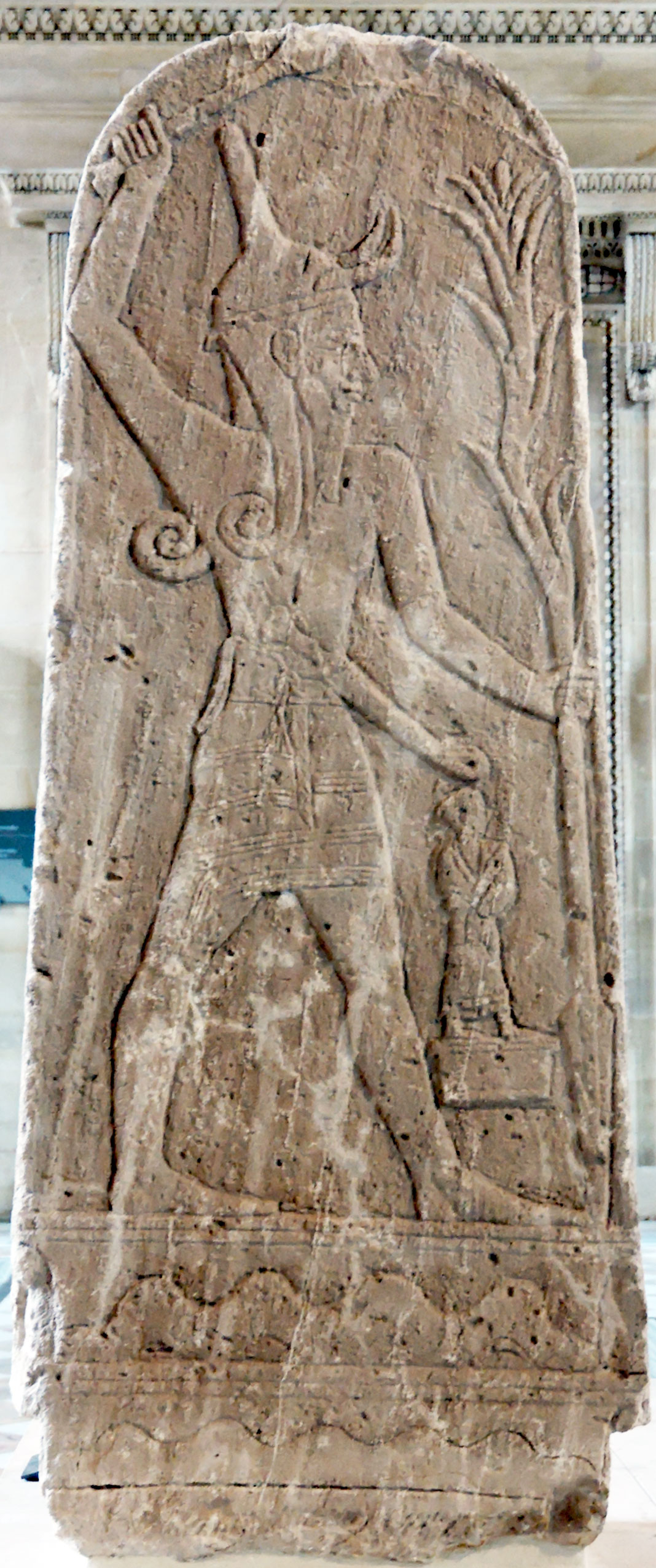According to The Encyclopedia of Religion, the name Marduk is probably pronounced Marutuk. He is also called Bel (Lord) and bêl bêlim (lord of lords), as well as leader of the gods, reviver of the dead, and many more names.
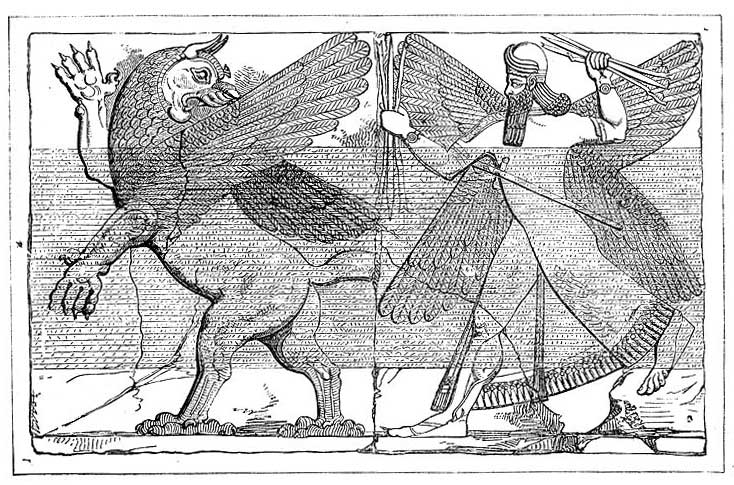
source
As the patron deity of Babylon, agricultural god Marduk rose to head the Babylonian pantheon as the city rose in power.
When Babylon became the capital of Mesopotamia, the patron deity of Babylon was elevated to the level of supreme god. In order to explain how Marduk seized power, Enûma Elish was written, which tells the story of Marduk’s birth, heroic deeds, and becoming the ruler of the gods. This can be viewed as a form of Mesopotamian apologetics. Also included in this document are the fifty names of Marduk. — Marduk Wiki
As he rose to the top of the pantheon, Marduk acquired the traits of the older gods Enki (Ea) and Enlil, as well as others. By taking over the identity of Asarluhi, Ea’s son, Marduk was well situated when Ea amicably bowed to his son’s obvious greatness, turning over control of humanity to him, and himself receding into distant high god mode. Enlil, on the other hand, did not go gracefully, but by circa 1000 BCE Marduk had replaced Enlil and was the supreme god.
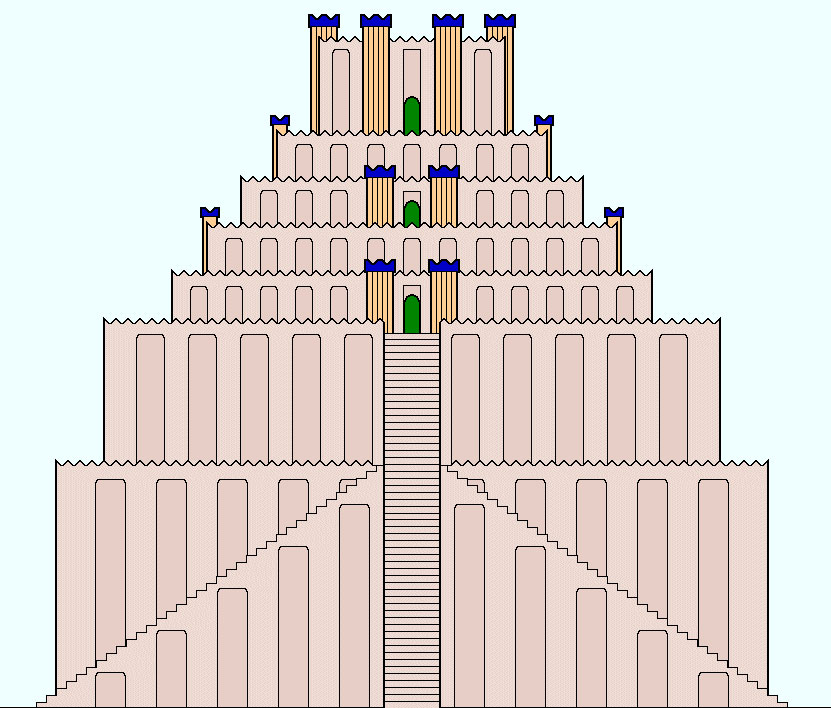
source
